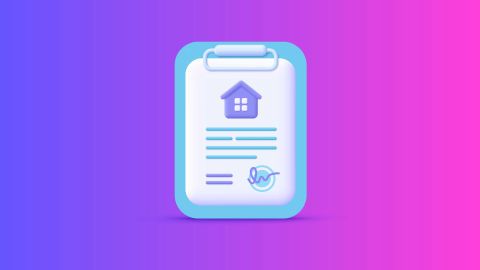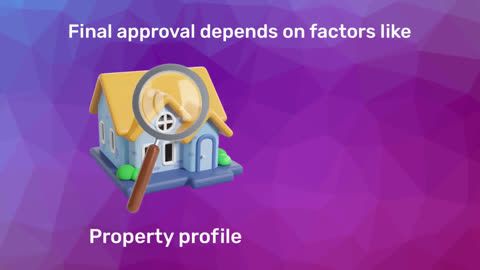Let us break down the key income tax rules in simple terms and explore how you can make the most of them.
What are income tax rules?
Income tax rules are the guidelines that govern how individuals and businesses calculate and pay their taxes to the government. The Income Tax Act, 1961, outlines these rules. Every year, the government updates certain tax rules during the annual Budget session.Types of taxpayers in India
The government categorises taxpayers into several groups, such as:- Individuals (including senior and super senior citizens)
- Hindu Undivided Families (HUFs)
- Firms and companies
- Non-residents
Income tax slabs for individuals
In India, individuals pay taxes based on income slabs. These slabs differ between the new tax regime and the old tax regime.New tax regime
| Income slabs | Tax rate |
| Up to Rs. 3,00,000 | Nil |
| Rs. 3,00,001 to Rs. 7,00,000 | 5% |
| Rs. 7,00,001 to Rs. 10,00,000 | 10% |
| Rs. 10,00,001 to Rs. 12,00,000 | 15% |
| Rs. 12,00,001 to Rs. 15,00,000 | 20% |
| Above Rs. 15,00,000 | 30% |
Old tax regime
| Total income | Individuals below 60 years | Individuals aged below 60 years to 80 years | Individuals above 80 years |
| Up to Rs. 2,50,000 | Nil | Nil | Nil |
| Rs. 2,50,001 to Rs. 3,00,000 | 5% | Nil | Nil |
| Rs. 3,00,001 to Rs. 5,00,000 | 5% | 5% | Nil |
| Rs. 5,00,001 to Rs. 10,00,000 | 20% | 20% | 20% |
| Above Rs. 10,00,000 | 30% | 30% | 30% |
Key exemptions and deductions
Income tax rules offer exemptions and deductions to reduce taxable income. Here are some popular ones:1. Section 80C: You can claim deductions up to Rs. 1.5 lakh on investments in:
- Public Provident Fund (PPF)
- National Savings Certificate (NSC)
- Life insurance premiums
3. Section 80EEA: If you are a first-time homebuyer, you can claim an additional Rs. 1.5 lakh on home loan interest under Section 80EEA.
Tax-saving tips for homebuyers
Owning a home not only fulfils a dream but also saves you money in the long term. A home loan is one of the smartest ways to reduce tax liability.- Claim principal repayment under Section 80C.
- Claim interest repayment under Section 24(b) or 80EEA.
- Save further with stamp duty and registration fee deductions.
Other tax-saving sections
Here are more ways to lower your taxable income:1. Section 80D: You can claim up to Rs. 25,000 for health insurance premiums for yourself, spouse, and children. For senior citizens, this limit increases to Rs. 50,000.
2. Section 80TTA: Earned interest up to Rs. 10,000 from a savings account is tax-free under this section.
3. Section 80G: Donations to approved charitable organisations can help you claim deductions.
Filing Income Tax Returns
Income tax rules mandate filing returns annually if your income exceeds the basic exemption limit. Here is a simple guide:
1. Collect documents like Form 16, salary slips, and investment proofs.
2. Visit the e-filing portal (incometax.gov.in).
3. Choose the correct ITR form based on your income.
4. Upload details and submit the form.
Filing returns on time avoids penalties and ensures you can claim any refunds quickly.
Explore Bajaj Housing Finance Home Loan
Tax planning is not just about saving money. It is about making strategic decisions for a secure financial future. With options like a home loan, you can save more taxes and achieve your goals.When you are looking for a reliable partner for your dream home, Bajaj Housing Finance stands out. Here is why:
1. High loan amount: Secure funding up to Rs. 15 Crore* to turn your dream home into reality.
2. Low interest rates: Enjoy interest rates starting 7.45%* p.a, and EMIs as low as Rs. 684/lakh*.
3. Quick approval: Get approved within 48 Hours* of applying – sometimes even sooner.
4. Flexible repayment tenure: Choose a repayment term of up to 32 years for comfortable EMIs.
5. Simple application: Take advantage of doorstep document collection for a smooth process.
6. Balance transfer facility: Move your existing home loan and get a top-up loan with better terms.
Ready to start your journey? Bajaj Housing Finance is here to support you every step of the way. Apply now.




